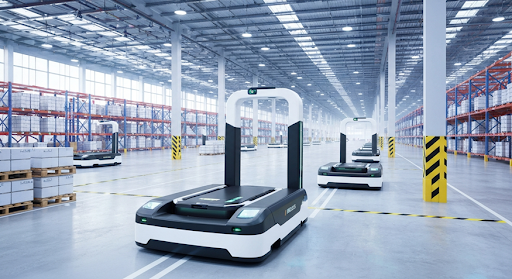What is an OPC Connection?
Operational technology (OT) is connected to industrial automation systems and machines. OPC can help automate data and telemetry transfers by offering an interoperable platform based on a generic, open standard. The first OPC standard specification was created by a collaboration of leading automation vendors and Microsoft. The original API for defining software used in automated processes was OLE COM/DCOM. It's now based on a standardized set of objects, interfaces and methods that work together to make it easier for different types of software to communicate with each other via data connector. Today, there are hundreds of OPC Data Access servers and clients that are available for purchase. OPC Data Access servers and clients are typically used for remote monitoring and controls applications, such as device monitoring.
How Does an OPC server work and What does it do?
Is OPC a client/server technology? Yes. One application acts as the server, providing data, while another handles requests from the client and fetches data required by it. OPC enables easy data exchange between vendors and helps a business maximize on their use of industrial equipment.
Why Was OPC Created?
OPC technology was created by the OPC Foundation to reduce redundant tasks and make it easier for businesses to communicate within the industry. This piece of hardware allows for the communication with other computing systems that may be critical to your operation.
Here are some benefits you can experience when OPC is implemented:
OPC adoption provides many key benefits, including interoperability and more options on automation solutions. Automation suppliers are able to provide truly open solutions, which in turn allows more freedom of choice in terms of automation app. These are exciting times in the industry as more and more people get on board with OPC adoption. There can be many advantages to incorporating OPC into your automation application, including reduced complexity and improved flexibility.
OPC History
The OPC Foundation was launched in 1994 by a group of experts in various fields who came together to help drive the creation of an open standard for manufacturing automation. The foundation's goal is to develop a single client/server specification which will make it possible for vendors to build data applications without having to duplicate their efforts and even share data fast, securely. In 1996, the OPC Foundation released the first Data Access Specification 1.0a. This specification allowed vendors to quickly develop client/server software using it.
The Data Access specification made it possible to share data between applications without developing new drivers, freeing up time and energy to focus on the application itself. OPC technology makes it easy for developers to create client applications based on the abstract interface provided rather than having to deal with low-level details. The Data Access specification lets you easily interact with your server applications and industrial devices. If followed properly, a client vendor knows that any OPC Data Server can provide the connectivity it needs. When using an OPC, you need not worry about time-to-market or reliability issues, which is a huge boon to the company.
In the past, users needed to select a solution based on the communication driver that's available or if the vendor is willing to develop it. OPC can help people find the software that meets their need for solutions in a variety of situations. For example, if you have a driver issue or want to improve performance, there's a company out there that can do it for you. Developers can stop worrying about simple communication or localization needs and focus on updating the core of their product.
OPC Specifications
The OPC Classic specifications were mainly tailored to communicate between applications and devices on a range of networks, with Microsoft's COM/DCOM in order to make sure that they work seamlessly. Here you can find an overview of the specifications for data transfer, alarms and events, and historical data. They offer many tools for visitors who are looking to purchase a "ready-made" product.
- OPC Data Access (OPC DA)
- OPC Alarms and Events (OPC AE)
- OPC Historical Data Access (OPC HDA)
OPC Unified Architecture (OPC UA)
UA is a merged version of the previous OPC Classic specifications. It's platform-agnostic and has all the components in one framework. This is a somewhat complex topic, but I can provide an incredibly brief explanation. With SOA, you're able to integrate various software components and make sure that they work well together. A multi-layer approach to OPC architecture makes your system secure, independent of the platform, able to provide new features without updating the system and it offers an efficient way to understand data.



